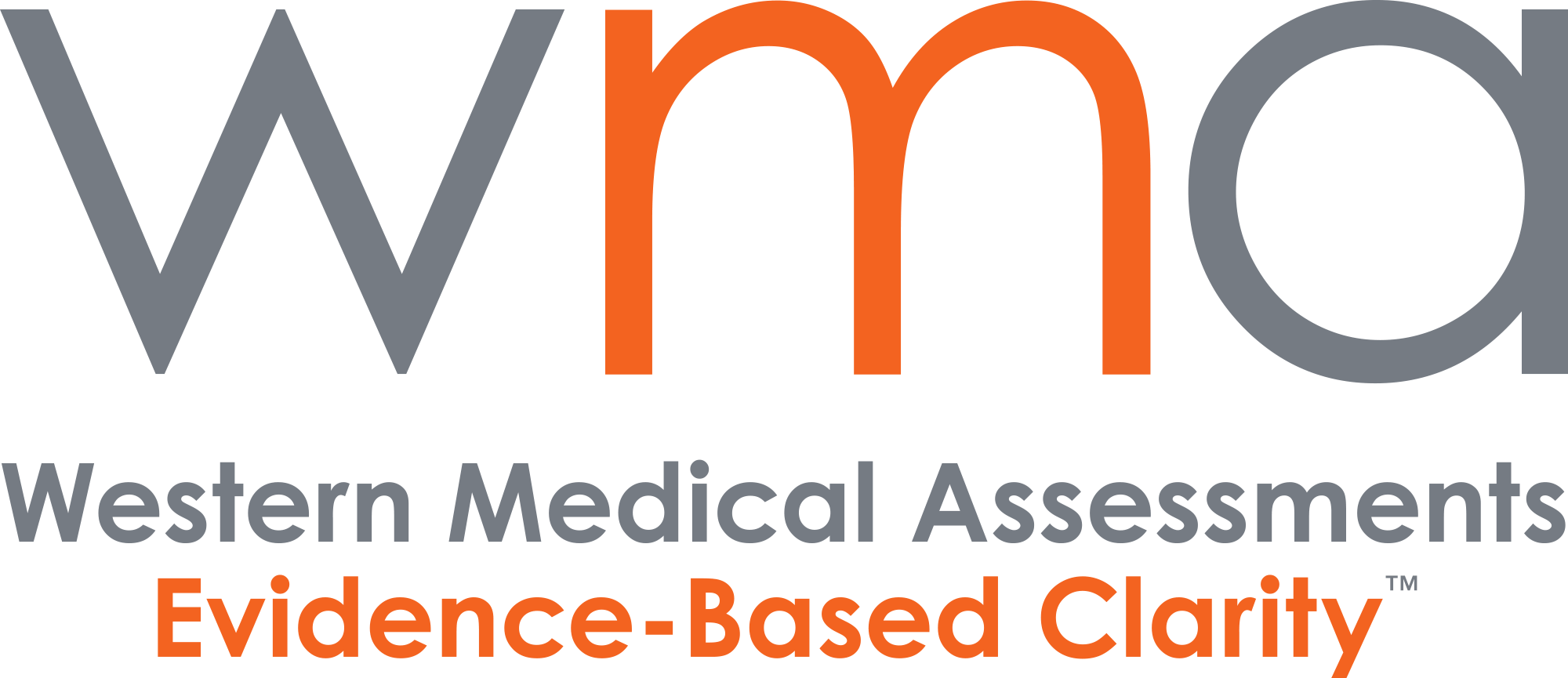June 19, 2024 from Medscape

A recent study published in JAMA Network Open has sparked interest in Emotional Awareness and Expression Therapy (EAET) as a potential alternative to Cognitive Behavioral Therapy (CBT) for treating chronic pain. The randomized clinical trial demonstrated that a single course of EAET led to a significantly greater reduction in chronic pain severity compared to CBT, which has long been considered the gold standard in psychotherapeutic treatment for pain.
EAET Shows Superior Results
The study, which included 126 veterans aged 60-95 years, found that two-thirds of the patients who received EAET reported at least a 30% reduction in pain, compared to just 17% of those who underwent CBT. Notably, the study also revealed that individuals with comorbid conditions like depression and anxiety responded more favorably to EAET—a novel finding that sets this research apart.
Study investigator Dr. Brandon C. Yarns, a staff psychiatrist at the VA Greater Los Angeles Healthcare System and clinical professor at UCLA Health, emphasized the significance of these findings: “Although patients were allowed to continue medication for pain and other comorbidities during the study, those who received EAET had larger improvements in pain, depression, and anxiety. That suggests that the effect was due to the EAET.”
What is EAET?
EAET, first introduced in the early 2010s, focuses on helping patients process difficult or traumatic memories by encouraging them to engage with the emotions associated with those memories. The therapy involves recalling a traumatic event, experiencing the related emotions, expressing those feelings verbally, and then releasing them. The underlying principle is that the brain’s perception of pain is significantly influenced by unresolved emotions like grief, fear, rage, or guilt.
In contrast, CBT teaches patients to tolerate pain through techniques like guided imagery, muscle relaxation, and cognitive restructuring. While CBT has decades of research supporting its effectiveness, this study suggests that EAET may offer a more robust approach, particularly for patients with complex psychological and emotional backgrounds.
Study Results: EAET vs. CBT
The study’s participants were primarily older veterans with chronic musculoskeletal pain, many of whom had multiple pain sites and psychiatric diagnoses. Each participant received either CBT or EAET in the form of one 90-minute individual session followed by eight 90-minute group sessions. The severity of their pain was measured before treatment, at the end of the nine sessions, and again six months after the treatment ended.
The results were striking:
- Post-treatment, the EAET group had a mean reduction of two points on the Brief Pain Inventory (BPI) scale, compared to a 0.60-point reduction in the CBT group.
- A clinically significant reduction in pain (≥ 30% decrease) was reported by 63% of EAET patients versus 17% of CBT patients.
- At the six-month follow-up, 40% of the EAET group reported a clinically significant reduction in pain, compared to 16% in the CBT group.
- Furthermore, 35% of those receiving EAET experienced at least a 50% reduction in pain at the 10-week mark, compared to just 7% of those receiving CBT.
EAET also outperformed CBT in reducing symptoms of anxiety, depression, and PTSD at the 10-week evaluation.
Implications and Future Research
The study’s findings are encouraging for both clinicians and patients seeking more effective treatments for chronic pain. In an accompanying editorial, Dr. Matthias Karst of Hannover Medical School praised EAET’s approach, noting that it “assigns a special place to the integration of the body into the emotional experience,” and that “the evocation and expression of emotions is superior to the mere cognitive discussion of these emotions in therapy of patients with chronic pain.”
Dr. Traci J. Speed, assistant professor of psychiatry at Johns Hopkins University, described the study as “ground-breaking,” particularly because it demonstrated sustained pain reduction in a population with high rates of PTSD, anxiety, and depression. However, she also cautioned that while these results are promising, they do not yet change the current standard of care, as CBT has a long-established track record of effectiveness.
Both Karst and Speed emphasized the need for further research to determine the long-term sustainability of EAET’s effects and how the therapy might be personalized to maximize its benefits.
Dr. Yarns agreed, noting, “We need more research on what the appropriate dose is and perhaps how one might go about personalizing that for the patient.”
=================================================================
Considering an IME or document review to resolve an insurance claim, legal file, or workplace health and safety issue?
Our specialists provide evidence-based opinions, so get in touch with Western Medical today to learn more about our services.

